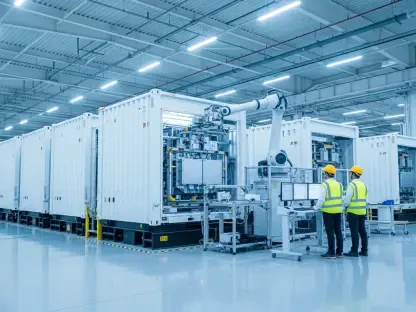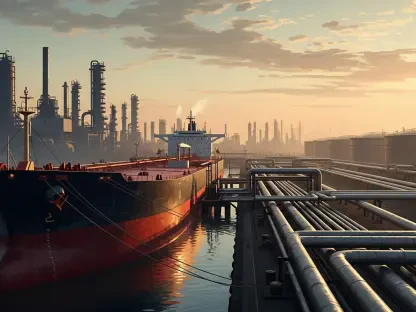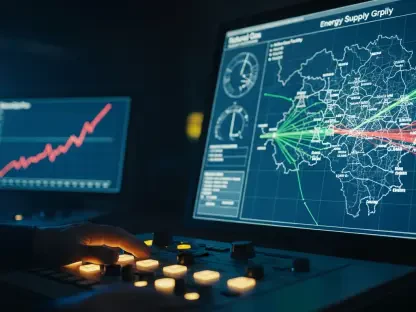The world’s largest solar conference, SNEC PV Power Conference in Shanghai, recently spotlighted pressing challenges in China’s solar panel production. Against a backdrop of oversupply, China’s solar panel industry faces intense price competition, pushing prices below manufacturing costs. Industry reports indicate that global production decreased by 7% in May, with a further decline anticipated in June, posing substantial threats to sustainability despite China’s robust production capacity. This discontent reflects broader concerns about profitability and continued challenges in navigating the competitive landscape.
Current Landscape of Chinese Solar Production
Market Dynamics and Supply Trends
China’s solar panel industry enjoys a vast production capacity, yet recent statistics show troubling trends. Global production declined by 7% in May, with an additional expected reduction of 4-5% in June. Although China continues to lead in production abilities, this oversupply is exacerbating the financial pressure on companies struggling to cover their production costs. China’s government previously issued guidelines to limit photovoltaic manufacturing investments, revealing a cautious attitude toward mitigating overcapacity, leaving companies grappling with excess supply amid declining global demand.
Practical Implementation and Market Response
Chinese solar producers face challenges on multiple fronts, including adjusting to reduced demand while maintaining competitive pricing. To counteract oversupply and remain profitable, leading companies are adopting innovative strategies such as technological advancements and cost-cutting measures. For example, manufacturers have invested in more efficient production processes and increased research into alternative materials, striving to keep pace with fluctuating market conditions. Notable firms in the industry are also reevaluating operational models, aiming for a balance between maintaining output and ensuring financial viability.
Expert Insights on Industry Challenges
Industry experts highlight the intricate interplay between oversupply, competition, and evolving policies. The removal of governmental subsidies and the mandate for new plants to operate at market rates have intensified the struggle for sustainability among Chinese producers. Analysts argue that these policy shifts complicate pricing strategies, challenging producers to adapt to tighter market conditions. Furthermore, the absence of provincial support for power auctions and price guarantees exacerbates uncertainties, leaving manufacturers to navigate financial risks without governmental safety nets. As experts delve into these evolving dynamics, their insights provide clarity on the intricacies faced by the industry.
Future Prospects and Industry Evolution
Looking ahead, the solar industry anticipates technological advancements and strategic shifts in production processes. Innovations in solar technology promise enhanced efficiency, potentially reshaping production standards while providing growth opportunities amid a fluctuating market landscape. However, policy changes continue to impact domestic and international dynamics, introducing complexities that necessitate agile responses from stakeholders. Although opportunities for expansion are promising, industry leaders must remain vigilant, adapting to mutable conditions and responsive to regulatory developments that affect both domestic production and global market interaction.
Conclusion and Strategic Outlook
Throughout the examination of challenges in Chinese solar production, adaptability has emerged as crucial for navigating the evolving landscape. Producers face complex dynamics between maintaining production rates and responding to competitive pressures. As the industry evolves, strategic innovation and response become paramount; industry stakeholders are encouraged to prioritize efficiency and sustainability. Embracing technological advancements while preparing for policy shifts holds potential for securing future resilience and profitability. Establishing strategic alliances may offer a pathway to stability in an industry poised for change. By fostering cooperation and exploring innovative initiatives, stakeholders can contribute substantially to overcoming current and future challenges in solar production.









